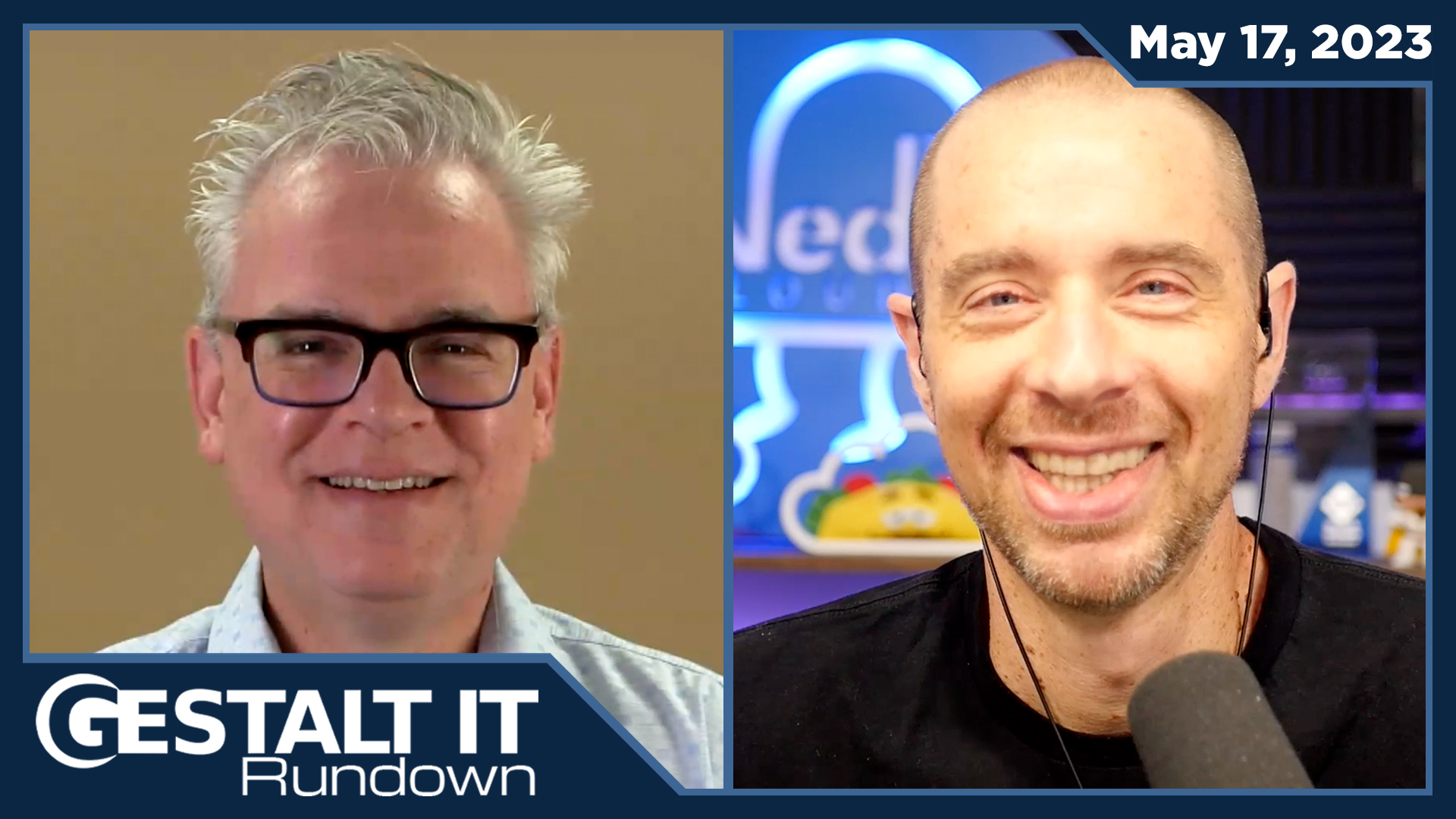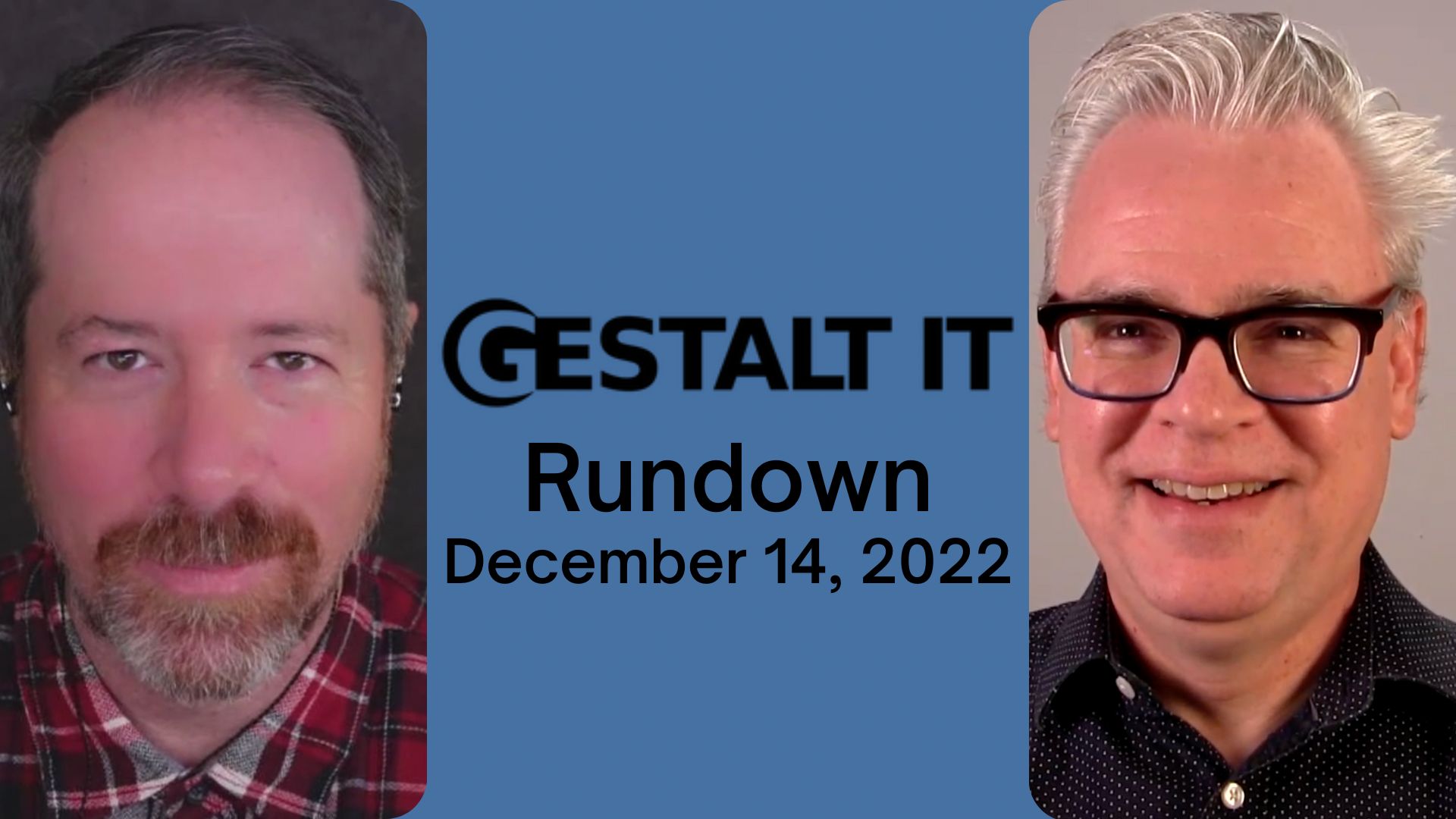In case you haven’t been following the news, Reuven Cohen of Enomaly has penned an Open Cloud Manifesto. This might not have been news but for a curious backlash (perhaps a Streisand Effect) when two big cloud vendors, Microsoft and Amazon, refused to sign on, although IBM, Sun, and many others have endorsed it. Microsoft’s Steven Martin was especially critical, suggesting that it was intended to support the interests of certain other companies over his own.
Rather than engaging in a “who should have done what” over the thing, I suggest we all just take a look at what we have in our hands. Read the manifesto yourself. I’ve included my reactions below.
Note that I’m not (yet) in any “cloud” camp. But I see the incredible promise of the cloud concept for the consumer, the small business, and the enterprise. My notes on reading:
- They don’t intend it to be “a final taxonomy” or “to charter a new standards effort”. Good. The “cloud” market place needs some growing up before we can decide just what it’s all about. Trying to lock it in now is going to prove troublesome.
- They define cloud as the culmination of grid, utility, SOA, Web 2.0, and others. I would say “combination” instead, since as I mentioned, we’re far from the summit yet, and some might say the cloud predates these concepts.
- Key characteristics: Ability to scale, dynamic provisioning, cost efficiency, and hidden complexity. I’m on board with this!
- Scalability on demand is nice, but how elastic will the cloud be? And are we actually doing any macro-scale net positive here or just shifting the wasted resources from this data center to that one?
- Who says we won’t have to pay for what we don’t use? Sounds like some folks haven’t seen how cloud services are actually sold and paid for in the enterprise space. It’s more efficient, sure, but the “give me a credit card and pay for what you use” approach doesn’t fit in the enterprise!
- How can we “streamline the data center” that we already have? We own it – it’s a sunk cost. Sure we can avoid future spend, but we’re not going to redecorate it, add a disco ball, and call the raised floor a dance hall. Cloud isn’t about destroying the data center we have, it’s about leveraging elastic services beyond it for certain applications!
- Yes, the positive aspect of greater data mobility is often lost in the discussion of “save money” and “nuke the data center”.
- Startups leverage the cloud FTW!
- Challenges: Security, interoperability, portability, governance and management, metering and monitoring. Oh, yes, just those little things…
- “An open cloud will make it easier for them to use a different provider” was enough to set off alarms in Washington State, I’m sure.
- The Principles are motherhood and apple pie – they sound great, and you’d have to be a heartless savage to disagree.
My overall reaction is that the Open Cloud Manifesto is interesting, forward-thinking, provocative, and a bit naive. It reminds me of the breathless exclamations I read in the old “auto-mobile” publications I love to collect: Before the horse was even out of the barn, enthusiasts were declaring that steam and electric were the future of the automobile. It’s always hard to see what will come of our work, but the future of the cloud is not yet decided.
One thing I have learned for certain is the incredible power of evolution: Given the choice between slow progress and radical but painful changes, we humans often choose the less taxing route. Sure, certain revolutions have worked out pretty well, but not yet in the data center. Inertia has determined how we compute more than anything else – why else would we all still rely so much on the x86 instruction set, the C language, the SCSI command set, and something called Ethernet? Each of these has been radically altered and updated to meet current challenges, but each has also demonstrated the value of slow and steady progress.
Cloud computing will be no different. As much as we might want an interoperable cloud, we are much more likely to receive and benefit from one that remains tied to what we have always done, regardless of whether it is a standard or not. And this is especially true in the enterprise data center. Regardless, I applaud Ruv’s document: It got us all talking, and gives us a place to start!




